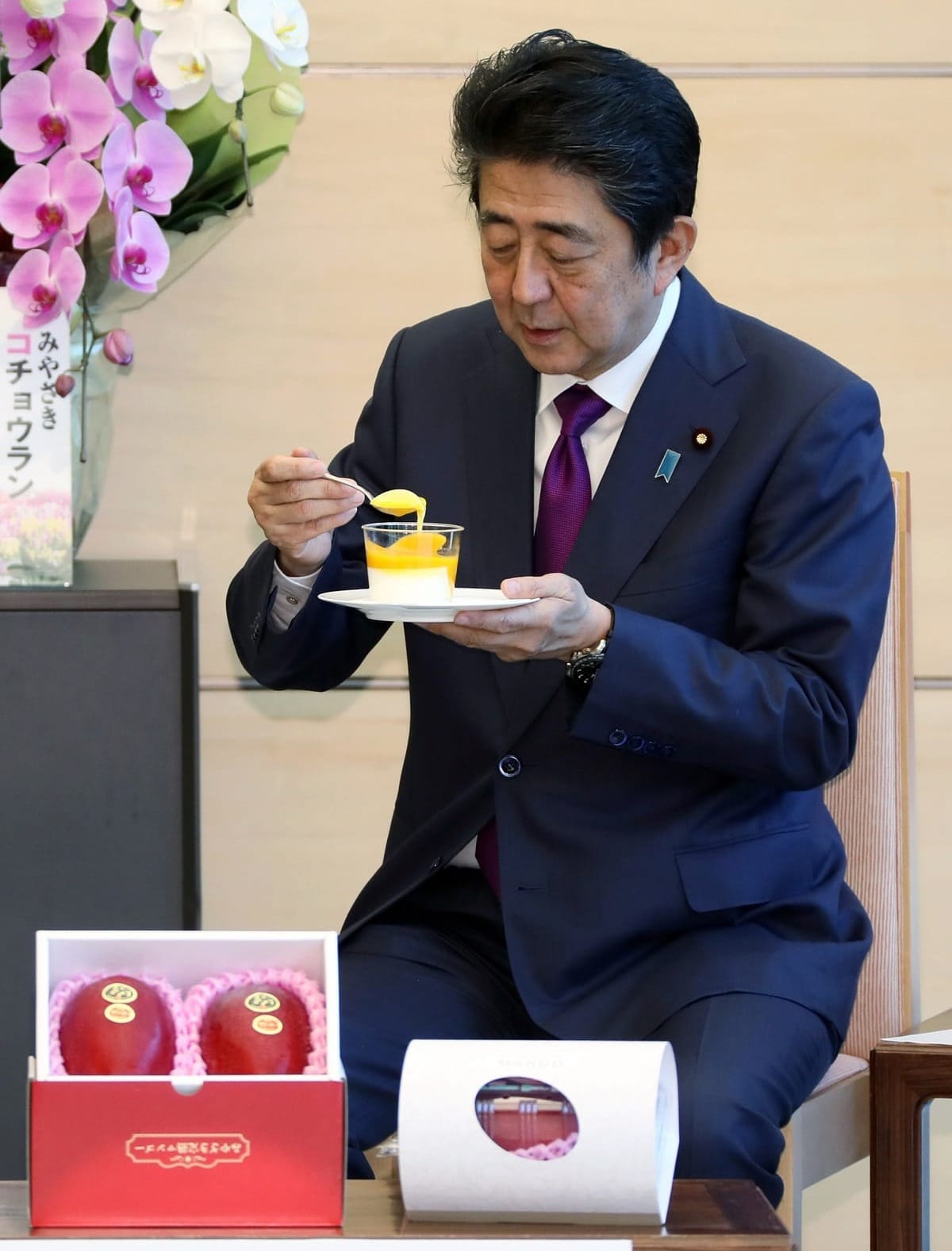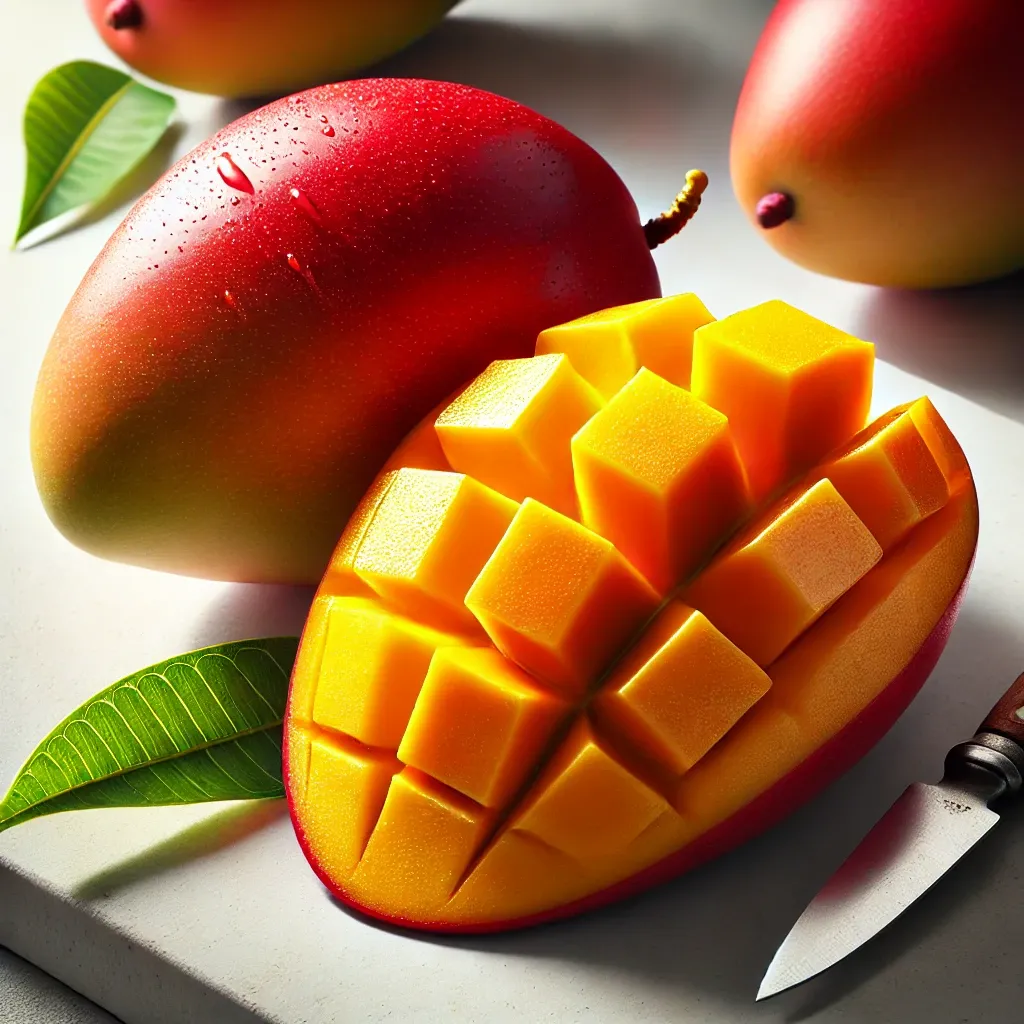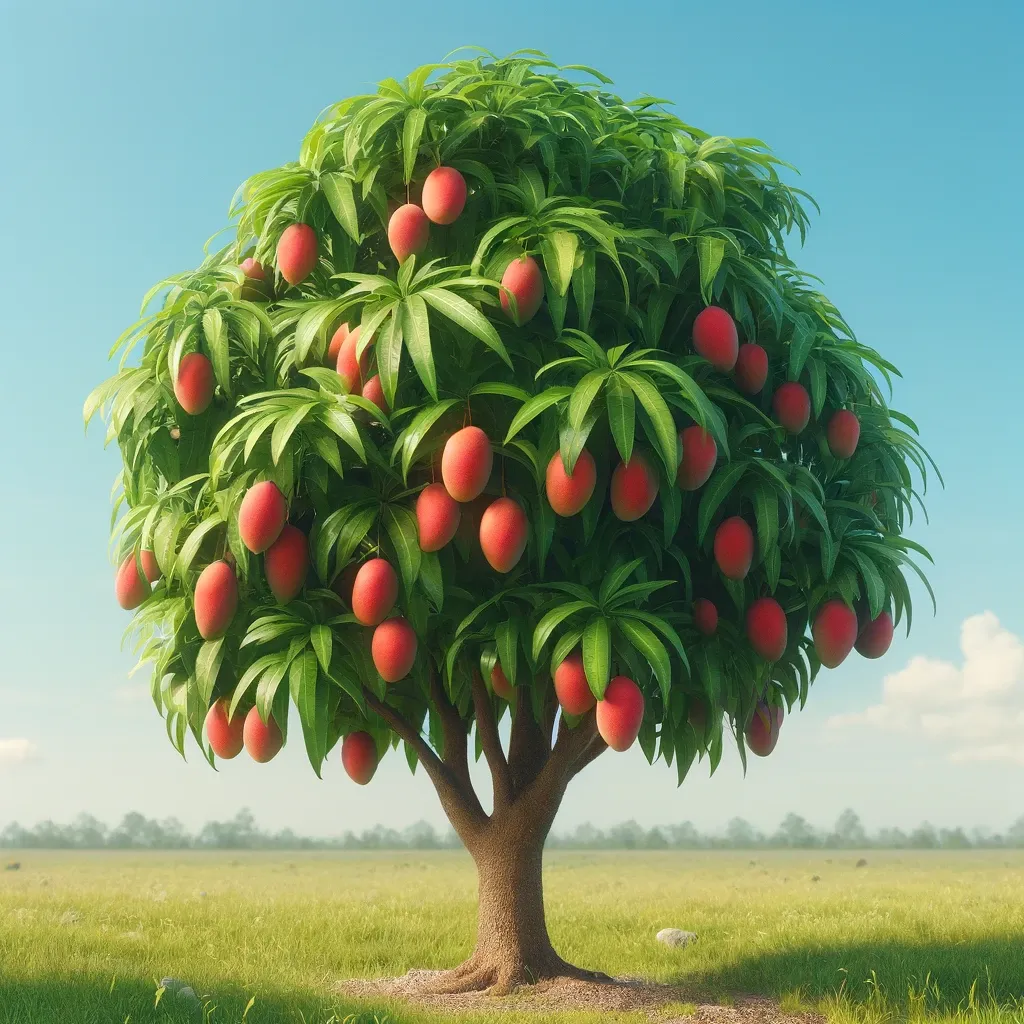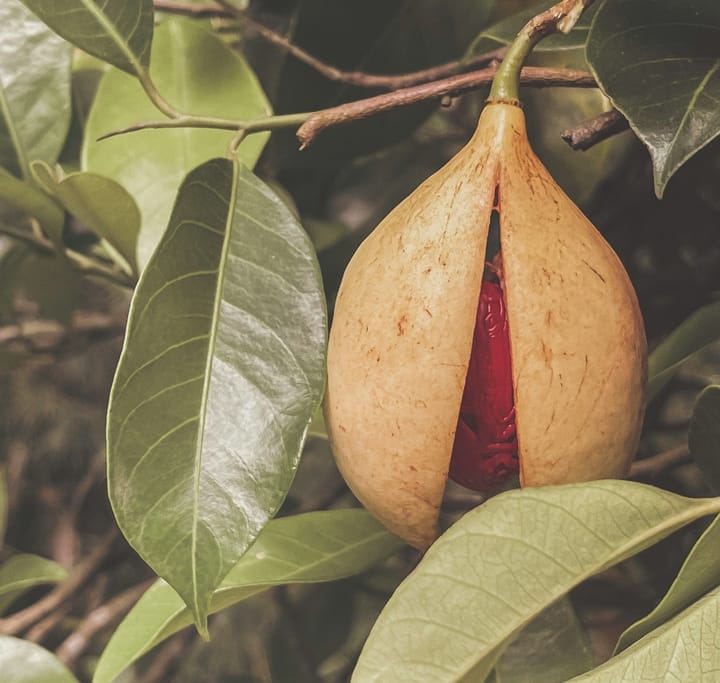Why is Miyazaki Mango So Expensive?
In this article, we explore the renowned Miyazaki mangoes from Kyushu, Japan, known as "Taiyo no Tamago" or "Egg of the Sun," celebrated for their luxurious bright golden color, rich juicy flavor, and exceptional quality.

Miyazaki mangoes, grown in the Miyazaki Prefecture of Kyushu, Japan, are famous for their exceptional quality and exquisite taste. Known as "Taiyo no Tamago" or "Egg of the Sun," these mangoes are distinguished by their bright golden color and rich, juicy flavor, symbolizing luxury in Japan.
These premium mangoes are cultivated using sophisticated farming techniques and stringent quality control measures, resulting in fruits that are both visually stunning and incredibly delicious. Their rarity and high quality contribute to their reputation as the world's most expensive mangoes.
In this article, we will delve into the details of Miyazaki mangoes, including their cultivation methods, prices, unique qualities, and the best ways to enjoy them.
Miyazaki Mango: What It Is and When It Started
Miyazaki mangoes are harvested annually in Miyazaki Prefecture between April and August. Unlike the commonly seen yellow-skinned mangoes of Southeast Asia, Miyazaki mangoes have a red skin similar to that of an apple.
These mangoes are cultivated under rigorous standards and must pass strict quality controls before being sold. Although mangoes were first introduced to Japan during the Meiji Period (1868-1912), commercial cultivation in Miyazaki only began in the 1980s.
Miyazaki is known as a top fruit-producing region in Japan, thanks to its mild climate, abundant sunlight, and ideal rainfall, which make it perfect for growing citrus fruits like kumquats and lychees, as well as mangoes.
The cultivation of mangoes in Miyazaki started in the 1980s when a small farm developed a technique of growing mangoes in individual nets inside greenhouses, harvesting them when they naturally fell from their branches.

The Flavor Profile of Miyazaki Mangoes
Miyazaki mangoes are renowned for their superior quality compared to regular mangoes.
According to the Miyazaki Tourism Association, they boast a creamy texture, a fragrant aroma, and juicy flesh.
A standout feature of Miyazaki mangoes is their high sugar content, which contributes to their exceptionally sweet and rich flavor.
Why Miyazaki Mangoes Are Costly

How Miyazaki Mangoes Are Grown
Miyazaki mangoes, a type of Irwin mango originally from Florida, are often called "apple mangoes" because of their red, apple-like skin.
Although similar mangoes can be found in other regions at lower prices, the meticulous cultivation in Miyazaki adds to their value.
The cultivation starts with the careful selection of seedlings, planted in nutrient-rich soil and grown in greenhouses to protect them from harsh weather and pests.
Farmers often use rented bees for pollination, which helps the fruits grow larger. Maintaining a consistent greenhouse environment, with controlled temperature, ventilation, and humidity, is crucial and requires constant attention.
Ensuring each mango receives enough sunlight is essential for developing their vibrant red color and sweet taste.
Farmers closely monitor the position of each mango to prevent shading. The mango trees also undergo regular pruning, fertilization, and watering to promote healthy growth.
When the mangoes are ripe, they are harvested, meticulously packaged, and transported to market with strict quality control to ensure they remain in perfect condition.
Throughout the entire process, the focus on detail ensures the production of premium Miyazaki mangoes.
What Makes Miyazaki Mangoes So Special?
Miyazaki mangoes are celebrated for their exceptional quality, with the finest ones earning the prestigious "Taiyo no Tamago" title.
These mangoes are auctioned off each April at the Miyazaki wholesale market, making them the most expensive mangoes globally.
To qualify as Taiyo no Tamago, a mango must weigh over 350 grams, have a sugar content of at least 15%, and be perfect in appearance, shape, and color.
The best time to enjoy them is between May and June when prices are slightly lower, though they can still fetch up to $4,000 a pair at auction.
These mangoes are highly sought after as gifts in Japan's luxury fruit culture, which includes major gift-giving seasons in winter and summer.
Gift-giving is crucial in Japanese culture for building relationships and expressing gratitude to colleagues, bosses, clients, friends, and family.
This tradition dates back to ancient Shinto and Buddhist practices, where food offerings were made at home altars or to Shinto gods during festivals.
Throughout Japan, luxury fruit stores sell high-priced, perfect-looking fruits like melons, apples, grapes, and strawberries, reflecting the same commitment to quality and appearance that makes Miyazaki mangoes so special.
How to Enjoy Miyazaki Mangoes

- Fresh and Raw: Slice and eat Miyazaki mangoes fresh to fully appreciate their juicy, sweet flavor and creamy texture.
- Desserts: Incorporate them into desserts like mango parfaits, tarts, or ice creams for a luxurious treat.
- Salads: Add slices to fruit or green salads for a burst of sweetness and vibrant color.
- Smoothies: Blend with yogurt or milk for a rich, flavorful smoothie.
Major Producers of Miyazaki Mangoes Worldwide
While authentic Miyazaki mangoes are exclusively grown in Miyazaki Prefecture, Japan, the cultivation methods and popularity have inspired other countries to produce similar high-quality mangoes. Here are some countries where mangoes inspired by Miyazaki are grown:
- India:
- Regions: Andhra Pradesh, Telangana, Maharashtra and Karnataka.
- Climate: These regions have tropical and subtropical climates similar to Miyazaki, with ample sunlight and humidity, ideal for mango cultivation.
- Taste: Indian mangoes, especially varieties like Alphonso, have a rich, sweet flavor and creamy texture, comparable to Miyazaki mangoes.
Thailand:
- Regions: Northern and Central Thailand.
- Climate: Thailand's warm climate and seasonal rainfall provide an excellent environment for mango cultivation.
- Taste: Thai mangoes, such as the Nam Dok Mai variety, are known for their sweetness, juiciness, and fragrant aroma, similar to Miyazaki mangoes.
Philippines:
- Regions: Luzon and Visayas.
- Climate: The tropical climate with consistent temperatures and high humidity supports mango growth.
- Taste: Philippine mangoes, like the Carabao mango, are famous for their sweetness and succulent flesh, making them a popular choice for high-quality mango production.
Several countries utilize advanced cultivation techniques inspired by Miyazaki mango farming to produce mangoes with superior taste, texture, and appearance, catering to the global demand for premium-quality mangoes.
However, authentic Miyazaki mangoes remain unique to Japan due to their specific growing conditions and stringent quality controls.
The high cost of Miyazaki mangoes is attributed to their labor-intensive cultivation process, strict quality control, exceptional taste and appearance, luxury packaging, high market demand, and cultural significance.
These combined factors make Miyazaki mangoes a coveted and luxurious fruit.


